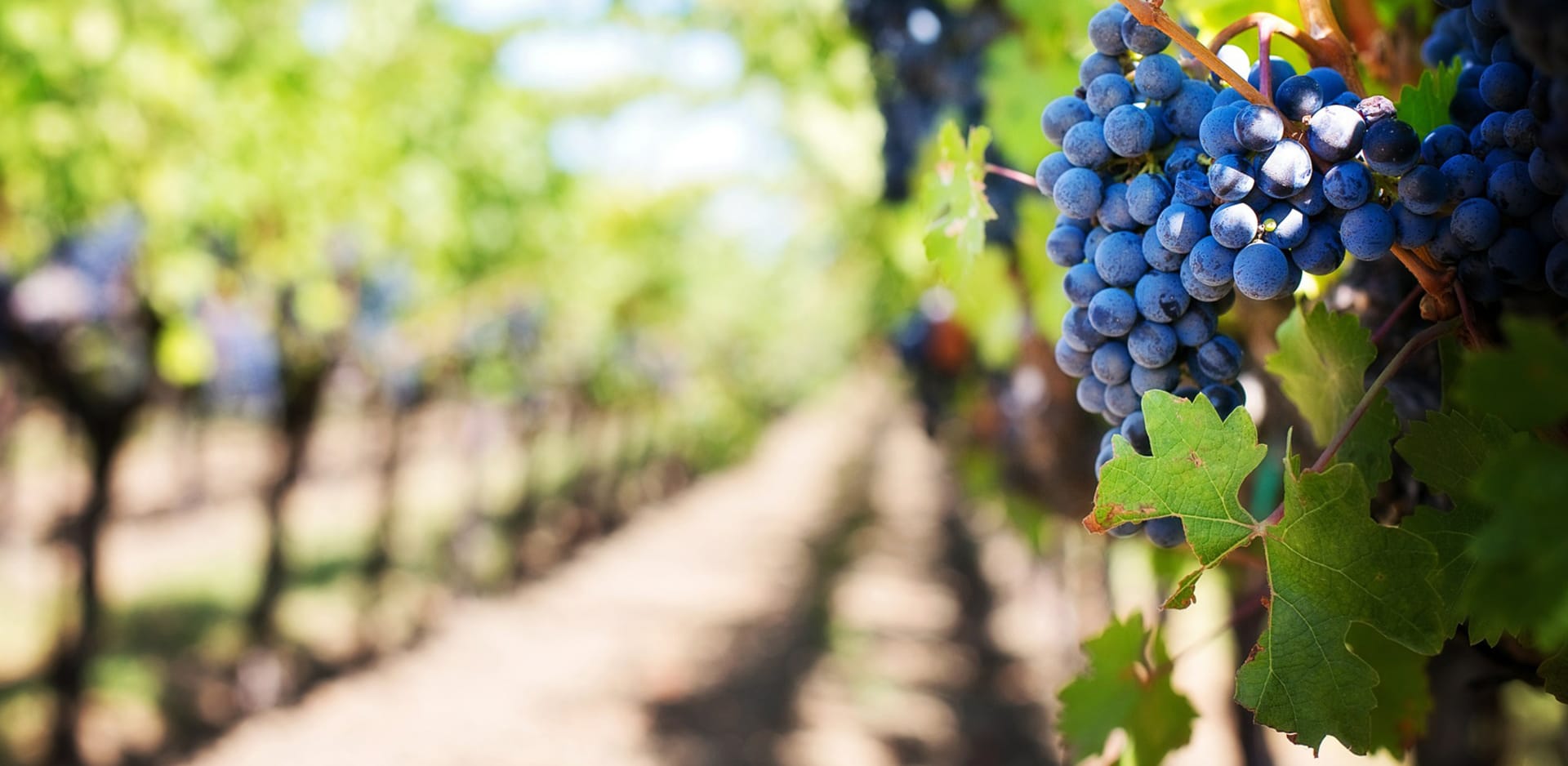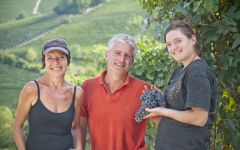Gianfranco Alessandria Barolo San Giovanni (torn label) 2000
-
Wine
Spectator -
Robert
Parker



Product Details
Your Rating
Somm Note
Winemaker Notes
Professional Ratings
-
Wine Spectator
Terrific aromas of cinnamon, cloves and crushed berries follow through to a full-bodied palate, with supersilky tannins and a tight finish. This is holding everything back in reserve, but it's fantastic. A wine built for aging. Alessandria matches the quality of his terrific 1997 here. Best after 2009. 330 cases made.
-
Robert Parker's Wine Advocate
The 2000 Barolo San Giovanni shows the style that was prevalent in Piedmont a decade ago. Mocha, roasted espresso beans and ripe, dark fruit are some of the notes that flow from this powerful, tannic Barolo. The San Giovanni has held up nicely, and it should continue to drink well for another decade or so. My personal preference in 2000 is for the regular bottling. Anticipated maturity: 2011-2020.



Gianfranco Alessandria took over managing his family's farm in 1986, after the passing of his father. He continued the practice of selling the grapes from the 5.5 hectares of vineyard land his father had amassed in San Giovanni, home to some of Monforte d'Alba's best known vineyards.
At the end of the 80's, at the urging of his cousin, Mauro Veglio, he began to bottle small portions of his wine. The first Barolo came with the 1993 vintage which was awarded three glasses by Gambero Rosso. The new winery, attached to their home, was finished in 1996, also the first year of full production. While modernizing the facilities refined the process of the winemaking, it did not change Alessandria or his heart-felt belief in the land of Monforte d'Alba.
All the wines are aged in neutral oak, with the exception of the San Giovanni, which sees a small percentage of new barrels. Alessandria produces approximately 35,000 bottles each vintage of stunning wines with great integrity.

Responsible for some of the most elegant and age-worthy wines in the world, Nebbiolo, named for the ubiquitous autumnal fog (called nebbia in Italian), is the star variety of northern Italy’s Piedmont region. Grown throughout the area, as well as in the neighboring Valle d’Aosta and Valtellina, it reaches its highest potential in the Piedmontese villages of Barolo, Barbaresco and Roero. Outside of Italy, growers are still very much in the experimentation stage but some success has been achieved in parts of California. Somm Secret—If you’re new to Nebbiolo, start with a charming, wallet-friendly, early-drinking Langhe Nebbiolo or Nebbiolo d'Alba.

The center of the production of the world’s most exclusive and age-worthy red wines made from Nebbiolo, the Barolo wine region includes five core townships: La Morra, Monforte d’Alba, Serralunga d’Alba, Castiglione Falletto and the Barolo village itself, as well as a few outlying villages. The landscape of Barolo, characterized by prominent and castle-topped hills, is full of history and romance centered on the Nebbiolo grape. Its wines, with the signature “tar and roses” aromas, have a deceptively light garnet color but full presence on the palate and plenty of tannins and acidity. In a well-made Barolo wine, one can expect to find complexity and good evolution with notes of, for example, strawberry, cherry, plum, leather, truffle, anise, fresh and dried herbs, tobacco and violets.
There are two predominant soil types here, which distinguish Barolo from the lesser surrounding areas. Compact and fertile Tortonian sandy marls define the vineyards farthest west and at higher elevations. Typically the Barolo wines coming from this side, from La Morra and Barolo, can be approachable relatively early on in their evolution and represent the “feminine” side of Barolo, often closer in style to Barbaresco with elegant perfume and fresh fruit.
On the eastern side of the Barolo wine region, Helvetian soils of compressed sandstone and chalks are less fertile, producing wines with intense body, power and structured tannins. This more “masculine” style comes from Monforte d’Alba and Serralunga d’Alba. The township of Castiglione Falletto covers a spine with both soil types.
The best Barolo wines need 10-15 years before they are ready to drink, and can further age for several decades.
